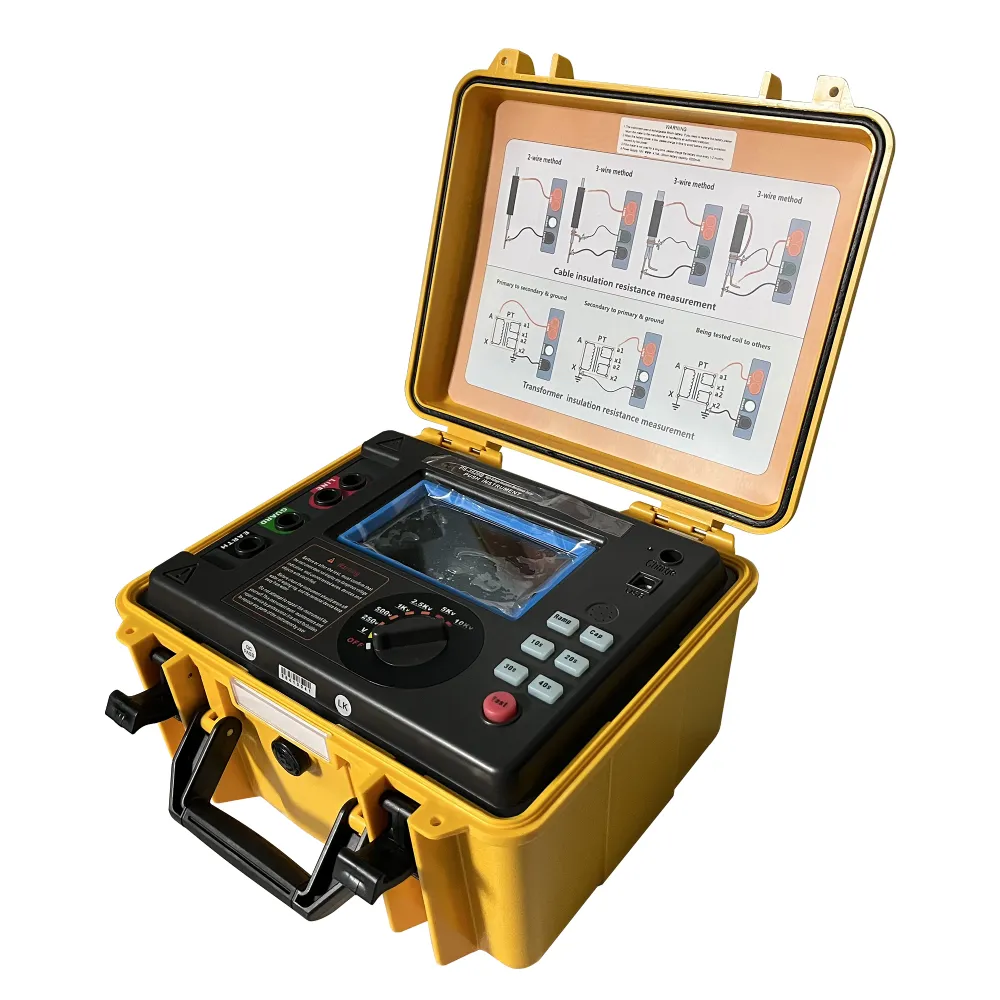 English
English


Transformer Dehydration Test - Ensuring Optimal Performance
Transformer Dehydration Test Ensuring Reliable Performance in Power Systems
The transformer dehydration test is an essential procedure in the maintenance and operation of power transformers, which are critical components in electrical transmission systems. Transformers are responsible for stepping up or stepping down voltage levels to ensure efficient power distribution. However, these devices can be susceptible to moisture, which can significantly impair their performance and lifespan. Therefore, conducting a dehydration test is pivotal in safeguarding transformers and ensuring their uninterrupted operation.
Moisture ingress in transformers can occur due to various factors, including environmental conditions, inadequate sealing, and the natural aging of insulation materials. Water can compromise the electrical insulating properties of transformer oil and solid insulation, leading to increased dielectric losses, accelerated aging, and even catastrophic failure. To mitigate these risks, utility companies and maintenance teams must regularly assess the moisture content in both the transformer oil and the solid insulation.
The dehydration test typically involves measuring the moisture levels in the transformer oil and determining the water saturation point. One common method employed is the Karl Fischer titration, a chemical analysis that accurately quantifies water content in liquids. This technique requires a sample of the insulating oil, which is then analyzed to reveal the moisture concentration. The data collected from this test can inform maintenance strategies, guiding decisions on whether drying processes are necessary.
transformer dehydration test

In addition to chemical analysis, infrared thermography and frequency response analysis can help identify moisture-related issues. Infrared thermography allows for the detection of hot spots and thermal anomalies, indicating potential moisture accumulation within the transformer. Meanwhile, frequency response analysis can reveal changes in the capacitance and resistance of insulation, further enhancing the understanding of moisture effects.
Once a transformer is found to have excessive moisture levels, dehydration processes must be initiated to restore optimal performance. This can be achieved through several methods, including vacuum drying, where the transformer is subjected to reduced pressure, allowing moisture to evaporate from the insulating materials. Another method involves the use of desiccant breathers or filtration systems that actively remove moisture from the transformer oil.
In conclusion, the transformer dehydration test plays a vital role in maintaining the health and efficiency of transformers in power systems. By regularly monitoring moisture levels and implementing appropriate dehydration methods, utility companies can prevent costly failures, extend equipment life, and enhance the reliability of electrical networks. As the demand for electricity continues to grow, the importance of effective transformer maintenance cannot be overstated, making the dehydration test a critical component of a comprehensive asset management strategy. Ensuring that transformers operate efficiently and reliably not only protects the infrastructure but also contributes to a stable and uninterrupted power supply for consumers.
-
Differences between open cup flash point tester and closed cup flash point testerNewsOct.31,2024
-
The Reliable Load Tap ChangerNewsOct.23,2024
-
The Essential Guide to Hipot TestersNewsOct.23,2024
-
The Digital Insulation TesterNewsOct.23,2024
-
The Best Earth Loop Impedance Tester for SaleNewsOct.23,2024
-
Tan Delta Tester--The Essential Tool for Electrical Insulation TestingNewsOct.23,2024





